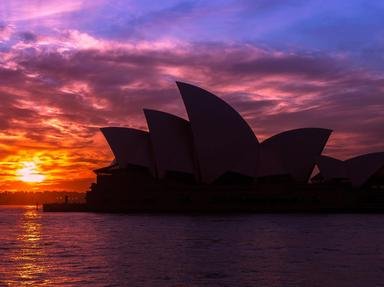Quiz Answer Key and Fun Facts
1. Why did Australians want to leave Australia in 1893 to settle in Paraguay?
2. Paraguay offered 185,000 acres of fertile land to Australian settlers in 1893. Why?
3. 185,000 acres of fertile land was given to William Lane's Australian co-operative by the government of Paraguay in 1893. In relation to Asunción, the capital of Paraguay, where was the colony of Nueva Australia located? Hint: Most Australians live in this corner of their own continent.
4. Sailing across the Pacific from Sydney in 1893, the first band of Australian colonists led by William Lane rounded Cape Horn and then sailed up the Argentine coast to Montevideo, the capital of Uruguay. How did they get to their utopia, Nueva Australia, in landlocked Paraguay?
5. From Asunción, the capital of Paraguay, the Australian settlers travelled by train to Villarrica. How did they get from Villarrica to the 185,000 acres of fertile land at Nueva Australia given to them by the government of Paraguay in 1893?
6. The largest ethnic group in Paraguay is mestizo, that is, mixed Indian and Spanish heritage. William Lane, the founder of Nueva Australia in Paraguay, forbade mingling with the local population. Why?
7. What local product proved to be the final downfall of Nueva Australia in Paraguay? Hint: Queensland, where most of the settlers came from, has fields of this similar sounding product from which a potent brew is made.
8. In May 1894, William Lane formed another Australian colony in Paraguay after his leadership of Nueva Australia broke down. Located south-east of Nueva Australia on the banks of the Rio Pirapó, what was this new colony (with a universal theme) called?
9. Only about eight of the original Australian settler families stayed in Paraguay, either in Nueva Australia or the second colony founded by William Lane. Whilst other factors played a part, which was the most compelling reason that made most of them leave?
10. In 1989, nearly a hundred years after Nueva Australia was founded, the descendants of the few Australians who had settled in Paraguay asked for permission from the Australian government to name a new village "New Canberra". Receiving no response, what did they call the new village instead?
Source: Author
dramatica
This quiz was reviewed by FunTrivia editor
bloomsby before going online.
Any errors found in FunTrivia content are routinely corrected through our feedback system.
